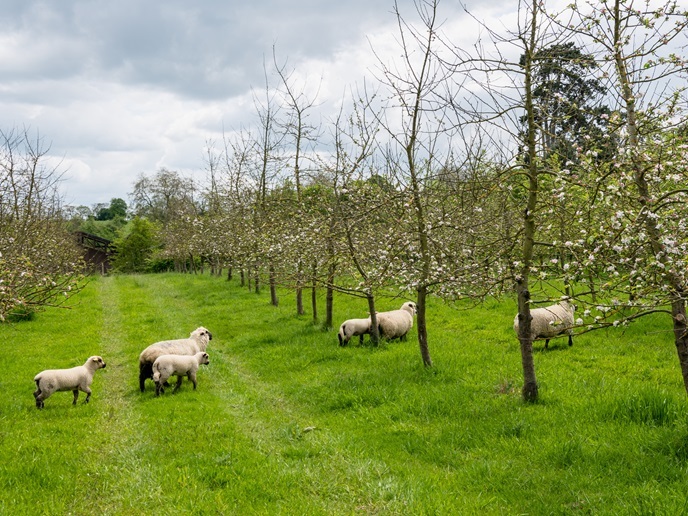How flowering plants evolved
Flowering plants (known as angiosperms) provide almost all our food, in addition to pharmaceuticals, textiles, timber and biofuel. Although fossil records show approximately when flowering plants emerged, how they evolved and diverged into two major groups (the monocots and eudicots) remains unclear. The EU-funded ORIGIN (The model plant system Trithuria (Hydatellaceae), a new window into the origin of flowering plants and gene function) initiative used a small aquatic herb called Trithuria submersa to unravel this mystery. Trithuria is important for understanding angiosperm evolution as it is one of the earliest known flowering plants. It predates the separation of monocots (grains like maize, wheat and rice) and eudicots (most of our vegetables and fruits) from the earliest angiosperm ancestors. ORIGIN developed Trithuria as a model plant to study genetic relationships in angiosperms. Researchers used genetic data to infer relationships between Trithuria species and to place them at the root of the angiosperm evolutionary tree. ORIGIN identified and classified several new species in collaboration with the University of Perth (Australia), University of British Columbia (Canada), University of Moscow (Russia) and Kew Botanical Gardens (United Kingdom). Researchers then looked at the evolutionary history of genes that control flowering in a grass related to cereal crops. By tracing how these genes diverged from similar genes in Trithuria and other angiosperms, they uncovered how new traits evolved. Identifying genes from before and after monocots and eudicots evolved will allow scientists to predict and understand gene function in other important flowering plant groups. Since we rely on these plants for our food and other natural resources, understanding how their genes work is crucial for the European economy.







